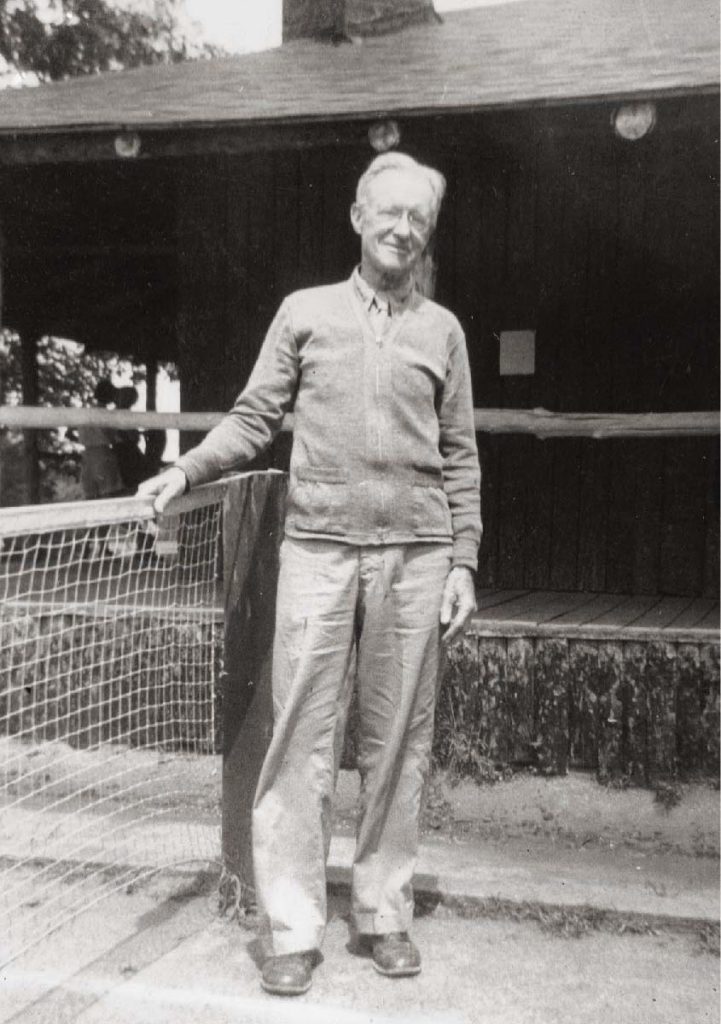A Little Bit of Camp History
Every so often, a grandmother comes up to us and says the most amazing thing: “Camp is just the same as when I was a young girl. It hasn’t changed a bit.” In this hustle bustle world, that isexactly the phrase that we cherish the most. The values, the spirit, the emotion of camp linger and continue through the years.
We thought it would be nice, in this 90th decade of Nakanawa, to give you a little snippet of Nakanawa and its traditions. Most of this is taken from the book, Nakanawa, The First Fifty Years by Margaret Hawkins Matens. (You may purchase this item at camp. The campers love to hear the stories of old, directly from this book.)

In the 1922 catalog, Colonel Rice wrote of “making the interesting discovery that Nakanawa is located on the site of an old Indian village.” The Cumberland Plateau area was dotted with sawmills and lumbering camps in the late 1800’s.
Colonel Rice envisioned Nakanawa as a harmonious Camelot. “Cliques, factions, social, sectional and religious distinctions will not be allowed to mar the beautiful harmony. Rich and poor, North and South, Protestant, Catholic and Jew — all must meet in common fellowship. There were 28 “councilors” on staff the first year of Nakanawa, and as required, each was a college graduate. As the Colonel’s daughter, Annie Hays wrote: “his love for sports and his feeling that the young girls of that day did not really have the experiences in sports that would promote the health and pleasure, I think was dominant in his plan for Nakanawa.” Camp Nakanawa “opened its gates” July 1, 1920.
Colonel Rice, with his love of history and classics, chose the legendary women’s tribes Amazons and Valkyries as the names for the campers’ teams. He created many of their spheres of competition — land sports and water sports — and an elaborate system of distinctions. Despite this emphasis on distinctions, the spirit of “friendly rivalry” between Amazons and Valkyries was initiated from the first days of camp. Learn more about Colonel Rice.

In 1926, Elisabeth Mitchell spent her first summer at camp. She was a tall, athletic 14-year-old who immediately fell in love with Nakanawa. In 1948, Mitch became owner and director of Nakanawa. The three people who were to contribute the most to Mitch’s success with Nakanawa were already working with her during that first year. The first was her father, “Pop” Mitchell. His primary focus was on modernizing the physical plant. The second was Helen Gates “Scooter” Carson, who helped as business manager of camp. And the third important person in this supporting cast was Carson Tays, who filled the role of caretaker. Carson had earned the reputation of the ultimate fix-it man during his working days in the coal mines.
Mitch has many legacies from her time at Nakanawa. She emphasized the place of Intermediates at camp, making them feel that they were a special, select group — not always the underlings of camp. The summer of 1955 heralded a number of innovations that are still dear to Nakanawa. One was the inaugural war canoe race. Another, the “mama letters” which were written five times a summer. Two songs made their debut that summer: “Silver Letter Girl” and the Amazon Captain Song. (FYI..The Amazon Captain Song was first sung to the 1955 Amazon captain, Casey Colwick Fisher!) It was also the first year that the Amazon Serenade was a surprise to the captain. Another tradition started in 1955 was the design and creation of the Amazon Warrior, a wire frame depiction which was wrapped and lit before special rock meetings. Learn more about Mitch.
Mitch’s nieces came to Nakanawa, with Janet arriving in 1954 and Ann arriving as a first year camper in Junior in 1962. One of Ann’s early memories of Junior camp is being sung to sleep each night by her counselor, Chloe. Fast forward to the year 1980, when at the conclusion of Trophy Night, Mitch made an announcement which leads us to today. She announced that she was retiring as camp director and turning the camp over to her niece Ann Mitchell Perron and her husband Pepe Perron.
In March of 1981, with Mitch living nearby in Pleasant Hill, Ann and Pepe moved into the Big House at camp and began their tenure as directors of Nakanawa. So many physical improvements have occurred while Ann and Pepe have been at the helm. The programs and activities have grown and developed as young girls’ athleticism has developed. We now have exciting new activities like the climbing wall, the zip line and giant swing, golf, nature, table tennis, and soft ball. The facilities are maintained with impeccable care.
Learn more about Ann and Pepe.
The day lilies, the grounds, the flower beds, the completed trail around the lake are the beautiful reminders of the legacy passed from Colonel Rice to Mitch to Ann and Pepe. Nakanawa keeps changing without changing. And as Nakanawa approaches its 100th year, it continues to be a presence in the lives of campers and counselors alike. Learn more about Nakanawa traditions.


